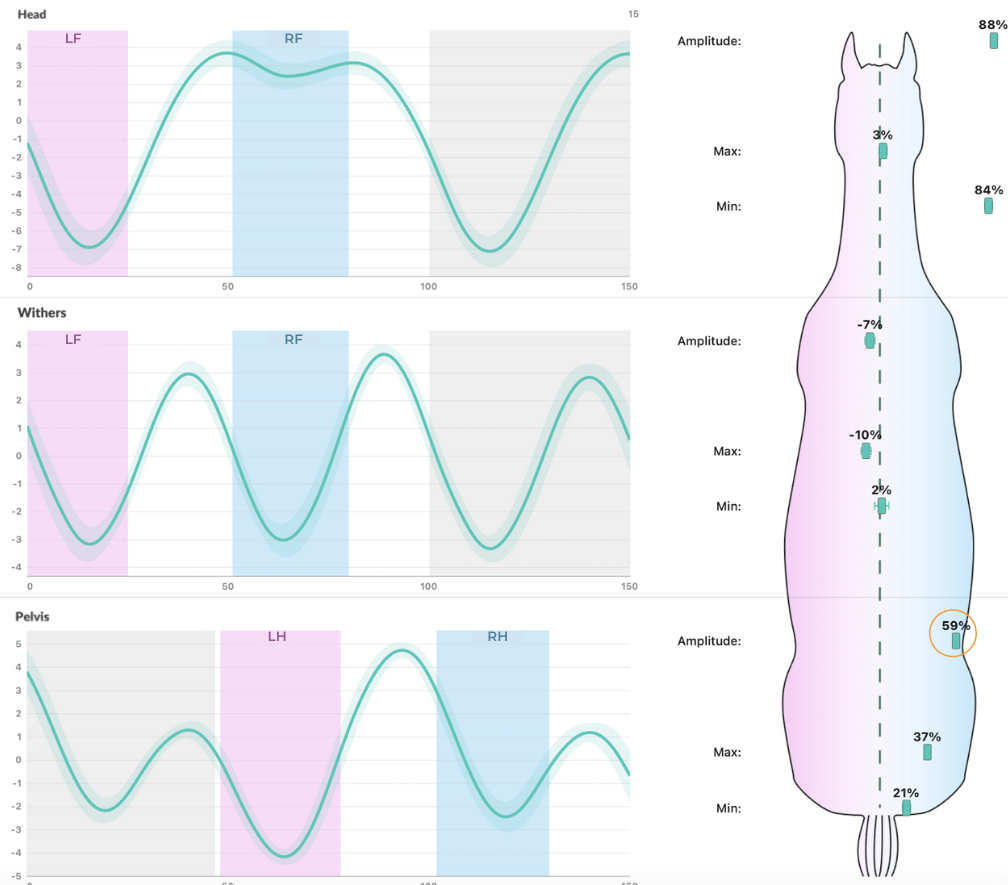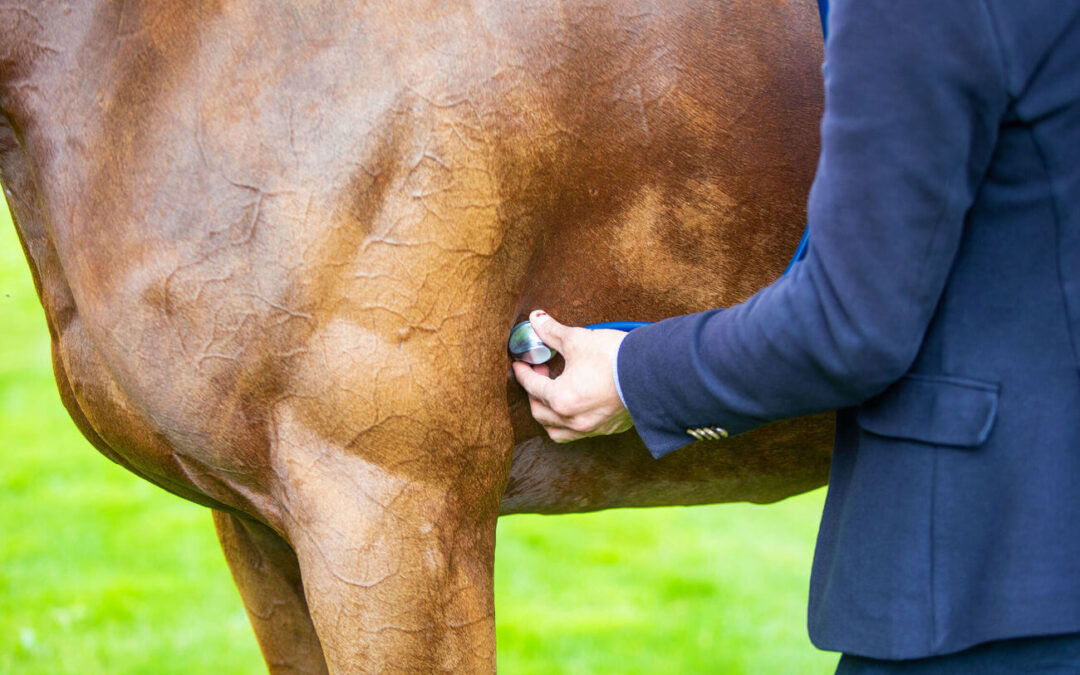Interpretation biases are errors in reasoning that affect decision-making and the evaluation of information. These cognitive biases can be detrimental to the practice of equine veterinary medicine, leading to diagnostic errors, incorrect patient management and problems in the owner-veterinarian relationship.
What are the different types of interpretation bias? How can they be recognised? And how can they be prevented?
Cognitive biases
Cognitive biases in equine medicine can manifest themselves in different ways. The first is the confirmation of a preconceived hypothesis. When the veterinarian has a preconceived idea about the cause of a disease, he or she may be inclined to look only for evidence that confirms this hypothesis, ignoring other potential causes. For example, if a case of laminitis is recurrent in a particular breed, the vet may be more inclined to diagnose laminitis, thereby overlooking other hypotheses.
The availability effect is when the vet relies on easily available or memorable information to assess a situation, rather than on a rigorous analysis of all the relevant information. As heart rate is an easy parameter to measure, it may be the only symptom analysed in order to make a diagnosis, and so possible antecedents or other symptoms may be overlooked.
The representativeness error is similar to the confirmation of a preconceived hypothesis. In fact, when the veterinary surgeon bases himself on the superficial characteristics of a case to infer more profound characteristics, without having solid evidence to support it, he is making an unrepresentative diagnosis. For example, the vet may be inclined to attribute a bacterial infection to a horse with a high fever, simply because he has seen many cases of bacterial infections with this symptom before. However, fever can be due to a variety of other causes, and it is important to carry out tests to confirm the presence of a bacterial infection.
Attribution bias
Attribution biases are common errors in human thinking that can affect judgements and decisions in equine medicine. It is by recognising and avoiding them that judgements are not influenced.
Confirmation bias is the tendency to search for, interpret and recall information in such a way as to confirm one’s own beliefs or hypotheses. This bias is particularly common in medical situations, where vets may be inclined to interpret test results in such a way as to confirm their diagnostic hypothesis. For example, if a vet suspects an infectious disease in a horse, they may be inclined to interpret the results of laboratory tests in such a way as to confirm this diagnosis. This can lead to misdiagnosis and inappropriate treatment.
Fundamental attribution bias is the tendency to attribute a person’s behaviour to intrinsic characteristics rather than to external factors. In equine medicine, this bias can lead to errors of judgement about the cause of a behaviour or symptom in a horse. If a horse behaves badly during a training session, a trainer may be inclined to attribute this behaviour to a bad attitude on the part of the horse, rather than to pain or illness, which could be the cause of the behaviour.
Finally, survival bias is the tendency to assign excessive weight to events or data that have survived a period of time. In equine medicine, this bias can lead to an over-evaluation of treatments that have worked in the past. Thus, if a vet has successfully treated several cases of colic in horses using a specific treatment, he may be inclined to use this treatment for all cases of colic in the future, without thinking about individualising the treatment, which may be more appropriate for some cases.
Prevention through new technologies
It is important to base our practice on objective data. New technologies can be used to support diagnoses and avoid interpretation bias.
The use of EQUISYM can therefore make it possible to exclude some diagnoses. In the case below, the use of a tool for quantifying locomotion made it possible to change the diagnosis initially made by the naked eye. This was incorrect and influenced by the availability effect.
Use case with EQUISYM – Identify hindlimb lameness not visible to the naked eye

Monitored with EQUISYM
Following a significant locomotor asymmetry, Arion was examined. Everything appeared to indicate a RF lameness.
The data suggest a left fore-right hindlimb locomotion defect with:
- Lack of vertical movement of the head which hangs up when bearing down on the RF, which visually confirms the RF lameness.
- Strong right hindlimb asymmetry with an amplitude of elevation default of +59%.
- Slight (-7%) left forelimb asymmetry.
While visually all indications pointed to RF lameness, Arion’s veterinarian was able to identify a RH asymmetry using EQUISYM, before starting the imaging procedures. Arion was diagnosed with thickening of both proximal suspensory region and medial suspensory branch as well as lesions on the two fetlock collateral ligaments.
Preventing cognitive biases in equine medicine requires ongoing training and awareness of their existence. Veterinarians can take specific training courses on cognitive bias and decision-making, or be encouraged to take part in discussion groups or case studies to analyse their own errors in reasoning.
Conclusion
Interpretation bias can affect equine vets in their day-to-day practice, leading to errors in diagnosis and treatment for horses. It is important that vets are aware of these biases and are prepared to question their pre-existing assumptions, while training and equipping themselves to support or contradict one of their diagnoses.
Keywords: bias, cognitive bias, attribution bias, EQUISYM, EnvA, CIRALE
Photo credit @Scoopdyga


